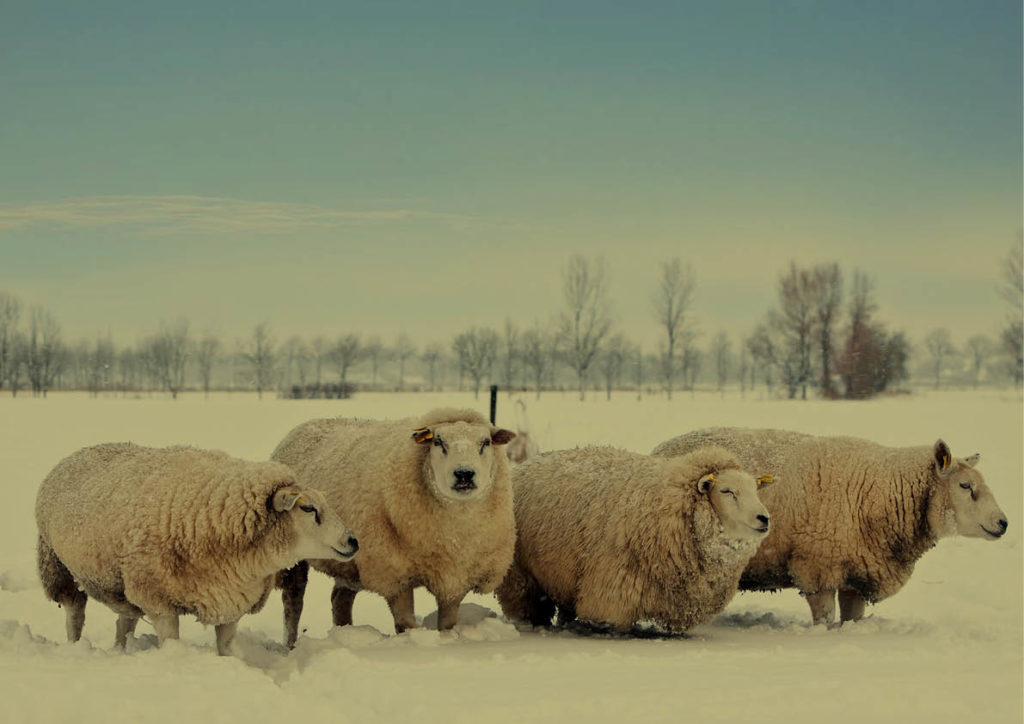Insulation industry participants use “wool” in their product names. Why? Maybe it’s because wool conjures up feelings of warmth and protection from the elements? Maybe it’s because most people have positive feelings towards wool? From a pure marketing perspective it makes sense to use the label, but is it disingenuous? Indeed, Roxul rebranded itself here in the US to Rockwool just a few years ago. Owens Corning describes many of its products as glass wool. And even more recently we see new entrants to the insulation industry using the term wool, despite none of it being in their product.

We can’t speak intelligently as to the labeling decisions of other companies. So we won’t make any attempts at speculation. We can, however, continue our efforts in clarity and informed decision making so we’ll clearly and succinctly reiterate there is no wool to speak of in RockWool, HempWool, or any form of ‘glass wool’ or fiberglass. We are also happy to share a few notable snippets from the Textile School on the basics, properties, and characteristics of wool.
Basics
- Of the major fibers, wool is the most reusable and recyclable on the planet.
- At disposal, in soil wool biodegrades rapidly through the action of fungi and bacteria to essential elements (Nitrogen and Sulphur) as part of natural carbon and nutrient cycles.
- The American wool industry began in 1630 in Massachusetts where each household was required to produce wool.
- Moisture in wool is referred to as regain. At high relative humidity wool can hold a significant amount of its weight in water. The water is incorporated in the internal structure of the fiber and therefore essentially not detectable.
Physical Properties
- Crimp: the waviness of the fiber
- Wool is the most hygroscopic in nature. It can absorb up to 50% of its weight without feeling wet.
- Wool fibers are poor conductors of heat which make for great insulation.
- Wool fibers are highly resilient and can reform to their original shape following disruption.
- Wool is resistant to shrinkage
- Wool is highly elastic. It can stretch 10-30% when dry and 40-50% when wet.
Characteristics
- Biodegradable: wool begins to naturally decompose in soil in a matter of months. It releases valuable nutrients back into the earth.
- Breathability / moisture management: wool fibers can absorb large quantities of moisture vapor and move it away to evaporate in the air.
- Fire-resistant: wool is flame-retardant and self-extinguishes when a flame is removed.
- Nature’s fiber: wool is grown year-round from a simple blend of water, air, sunshine, and grass.
- Renewable: a new fleece is produced every year making wool entirely renewable.
- Warm and cool: in contrast to synthetics wool is an active fiber that reacts to changes in temperature providing warmth in the cold and cool in the heat.
- Excellent insulator as it is 80% air.
So in summary, if you want the real thing, get the real thing.
As we’ve written about before, real wool is simply the most dynamic insulation fiber out there. Mother Nature’s R&D department has produced something that no lab at Roxul, Owens Corning or 3M could duplicate.
And remember, wool inherently :
- Manages moisture – without concern for mold
- Insulates against all elements
- Absorbs sound
- Filters the air – amino acids bond with formaldehyde, nitrogen oxide and sulphur dioxide
- Naturally self-extinguishes
- Fully composts
So when making an informed decision about insulating your living space, be sure to read the fine print and not be swayed by marketing momentum. There is only one real wool and it’s as easy as ever to get it into your walls.

My husband was fooled by the “slag wool” sold by Rockhard Wool! I have purchased from Havelock Wool twice and and am very happy with your product. My husband thought this Rockhard wool was a similar product, and it wasn’t until he got it home realized that this product was not wool! How they can get away with putting a sleeping baby on their packaging is mind blowing! I have since returned their product and made our second purchase from Havelock Wool- so glad y’all are out there and give people a choice!!!
I am using Havelock Wool in a remodel of a 25 foot bus which will be a medical clinic targeting traumatic brain injury in rural Alaska and the difference between the Havelock and the existing insulation is rapidly apparent. The old glass “wool” is wet, and moldy in spots where the windows have leaked. Removing it creates clouds of tiny glass particles. We wear masks and long sleeves when removing it. It goes into the trash where it will probably stay for centuries. Putting in the Havelock Wool is a wonderful change. It is soft, not dusty and we can do it with out protective equipment. We also feel good that it will be safe for our crew and will biodegrade if ever we have to tear it out. I cannot imaging living and working in this bus filled with glass fibers! Thank you Havelock for such a human and earth friendly product. Real wool is the way of the future!